Best Places in Uruguay for Nature Lovers | Top 10 Guide
Uruguay offers pristine beaches, rolling hills, and rich wildlife experiences. Here's 10 must-visit spots in Uruguay for nature lovers

Cabo Polonio
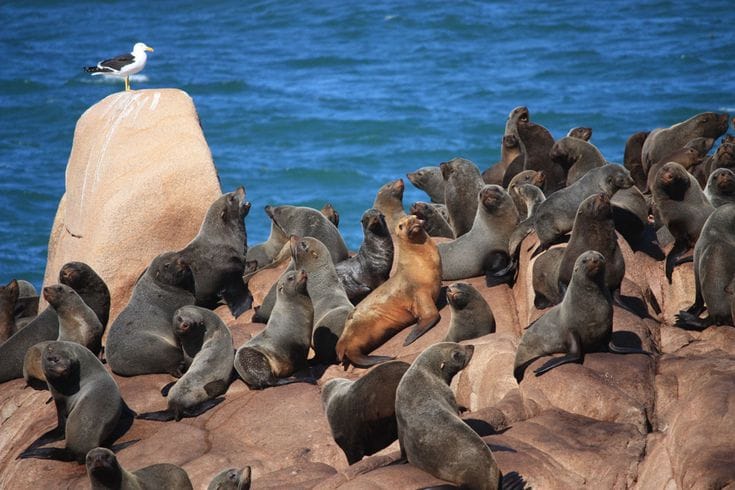
Located inside Cabo Polonio National Park, this tiny fishing hamlet feels like the edge of the world. A 7-kilometer swath of shifting dunes stands between the village and the nearest paved road, so the journey in on a giant 4×4 truck is half the adventure. Once you crest the dunes and see the Atlantic rolling in on both sides of the peninsula, it’s clear why locals call the place “otra planeta” — another planet.
Life here moves to the rhythm of the tides. There’s no public electricity grid, so nights glow by candlelight and the Milky Way makes a jaw-dropping appearance overhead. Color-splashed wooden cabins line sandy paths, while the 1881 lighthouse keeps watch from a rocky headland — climb its spiral stairs for sunrise if you can, then linger to spot passing whales in winter or schools of dolphins in summer.
Wildlife steals the show year-round. Just below the lighthouse, thousands of South American sea lions bark and flop across the rocks — it’s one of the largest colonies on the continent. Migratory seabirds crowd the shoreline, and the protected coastal grasslands hide armadillos and marsh deer if you venture out on a guided walk. When the afternoon wind picks up, grab a board and try sand-surfing down the dunes before settling in for a blazing sunset that sets the entire landscape on fire.
Most stays lean rustic by design — think solar-powered posadas, wind-whipped hostels, and off-grid eco-domes where you fall asleep to nothing but surf and sea-lion chatter. Pack cash, bring layers for cool ocean nights, and be ready to disconnect completely — there’s no better place in Uruguay to trade notifications for crashing waves.
Highlights
- Accessible only by special 4×4 trucks that rumble across the dunes
- One of South America’s largest sea-lion colonies right beside the lighthouse
- 360-degree coastal views from the historic 1881 Cabo Polonio Lighthouse
- Off-grid, eco-friendly lodges and cabins that let the night sky steal the show
Not A Member? ✈️
Save Up To 95% On Flights With Our Airline Mistake Fare & Flash Sales Alerts
Laguna de Rocha
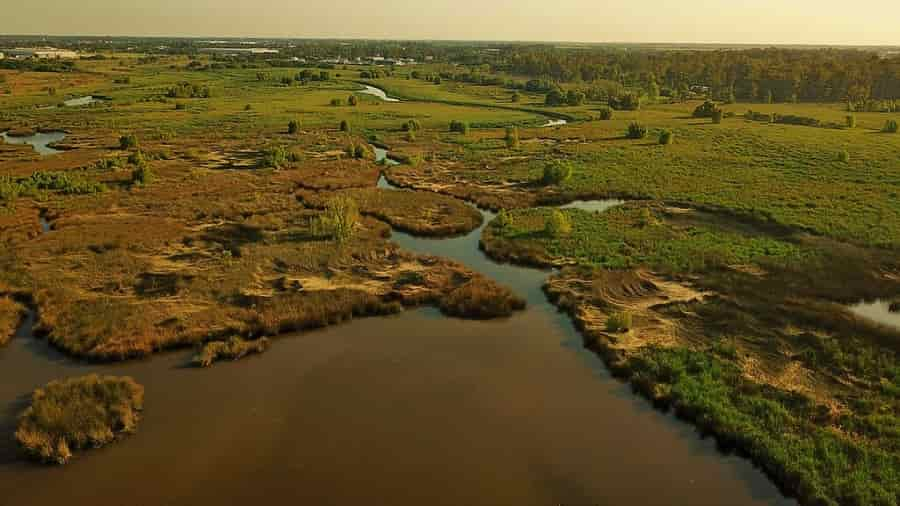
Laguna de Rocha is part of Uruguay’s Bañados del Este Biosphere Reserve, this wide, shallow lagoon stretches between rolling sand dunes and the Atlantic surf. Seasonal tides open and close a narrow outlet to the sea, creating a mix of salt and fresh water that turns the area into a buffet for migrating and resident birds. More than 220 species frequent the lagoon—pink flamingos wade near reed beds while herons, spoonbills, and black-necked swans patrol the shallows for an easy meal.
The north shore hosts a small fishing community where wooden skiffs pull up with daily catches of corvina and black drum. Grab a plate of just-fried fish at a local rancho, then set out by kayak; the water rarely tops a meter deep, so paddling feels relaxed and safe even for beginners. Drift past floating islands of vegetation, keep an ear out for the splash of silvery mullets leaping, and watch hawks cruise overhead looking for lunch.
Low dunes fringe the southern edge of the lagoon, hiding long, empty beaches that see more ghost crabs than people. Walk east to the ocean side for beach-combing and sunset views, or follow boardwalk trails through freshwater marshes alive with dragonflies and wild orchids in spring. Photographers love the golden hour here—still water mirrors candy-colored skies, and flocks of flamingos provide the perfect foreground.
Bring binoculars, sunscreen, and patience; the beauty of Laguna de Rocha lies in slowing down and letting the sounds of wind and wingbeats take over.
Highlights
- Premier bird-watching hotspot with flamingos, herons, spoonbills, and swans
- Calm, shallow lagoon ideal for easy kayaking and stand-up paddleboarding
- Long, secluded Atlantic beaches a short walk over the dunes
- Rich wetland ecosystem that rewards keen wildlife and landscape photographers
Valle del Lunarejo
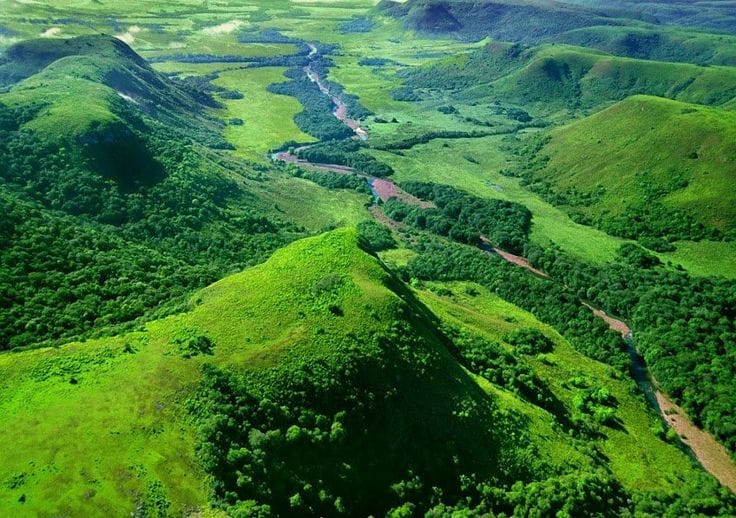
Located into Uruguay’s far-north hill country, Valle del Lunarejo looks like someone folded a slice of the Andes into the pampas. Sandstone cliffs rise sharply above patchwork forests, and clear streams cut narrow gorges that echo with birdsong. Because the valley sits at the meeting point of subtropical and temperate climates, it shelters plant and animal species you won’t see elsewhere in Uruguay—think tree ferns straight out of Jurassic Park alongside flowering bromeliads and towering araucarias.
Most travelers base themselves in the tiny village of Lunarejo and strike out on foot. Well-marked trails weave through gallery forests, past trickling waterfalls, and up to lookout points like Cerro de los Peludos where you can scan the horizon for soaring black-and-white hawks. Keep an eye on the undergrowth too; armadillos, howler monkeys, and even the elusive margay prowl these woods. Early risers often spot flocks of toucans silhouetted against the mist that settles in the ravines at dawn.
If you’re keen on water, follow the Lunarejo stream as it tumbles over polished rock slabs—perfect for a cooling dip on a summer hike. Local guides also offer horseback rides that climb the valley slopes and pause at remote farmsteads where you can tuck into a wood-fired asado. At night, the lack of light pollution turns the sky into a planetarium, so bring a blanket, lean back, and count shooting stars while crickets provide the soundtrack.
Simple guesthouses and eco-cabins scattered around the valley run on solar power and rainwater catchments. Pack layers—the microclimate can swing from warm afternoons to chilly evenings—and be prepared for basic comforts in exchange for total immersion in nature. Cell service is patchy at best, which makes it the ideal spot to unplug, lace up your boots, and let the valley work its quiet magic.
Highlights
- Scenic hiking circuits with panoramic viewpoints like Cerro de los Peludos
- Unique microclimate supporting orchids, bromeliads, and rare wildlife
- Natural rock slides and freshwater pools along the Lunarejo stream
- Stargazing free of light pollution—one of Uruguay’s darkest night skies
- Guided horseback excursions to remote estancias for traditional asado
Quebrada de los Cuervos
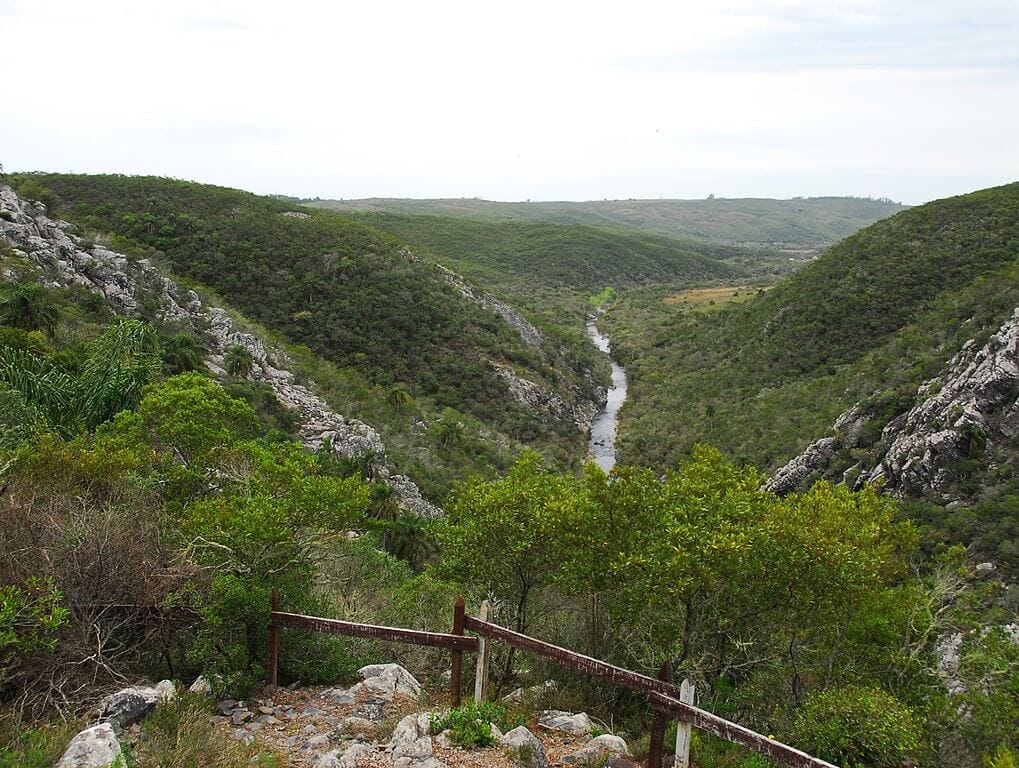
Hidden in Uruguay’s eastern hills, Quebrada de los Cuervos is a protected landscape that drops suddenly into a 100-meter-deep gorge carved by the Yerbal Chico Stream. The name means “Ravine of the Crows,” a nod to the dark-winged vultures and caracaras that circle overhead. From the parking area a short path climbs to the main mirador — step onto the wooden deck and the view opens wide: sheer basalt walls dressed in ferns, the river flashing silver far below, and dense Atlantic Forest spilling down every slope.
Several trails peel away from the lookout, catering to different energy levels. The Mirador loop stays fairly gentle, perfect for families who want big scenery without a long haul. The Puente trail drops all the way to the valley floor, where swinging rope bridges cross the stream and glossy philodendrons hug the banks. Cool off with a barefoot wade, then scan the canopy for flashes of color — green-headed tanagers and red-ruffed fruitcrows love this humid microclimate.
Birders flock here for raptors. The endangered Black-and-chestnut Eagle nests on inaccessible ledges, while crowned eagles and solitary eagles patrol the thermals at dawn. Even casual hikers often spot coatis rustling in the underbrush or stumble upon armadillo burrows along the path.
Campgrounds and rustic cabañas sit just outside the reserve gate, so it’s easy to spend a night and watch the fog lift over the cliffs at sunrise. Facilities are basic — think pit toilets and cold-water showers — but the reward is a sky full of stars and a dawn chorus that starts before your alarm. Pack sturdy shoes, plenty of water, and leave time to simply sit on a rock and listen to the river echoing through the canyon walls — it’s Uruguay at its most raw and dramatic.
Highlights
- Dramatic canyon panoramas from easily reached viewpoints
- Trail network for every fitness level, from quick lookout walks to river-bottom treks
- Prime raptor habitat — keep an eye out for the rare Black-and-chestnut Eagle
- Simple campgrounds and riverside picnic spots just outside the protected area
Santa Teresa National Park
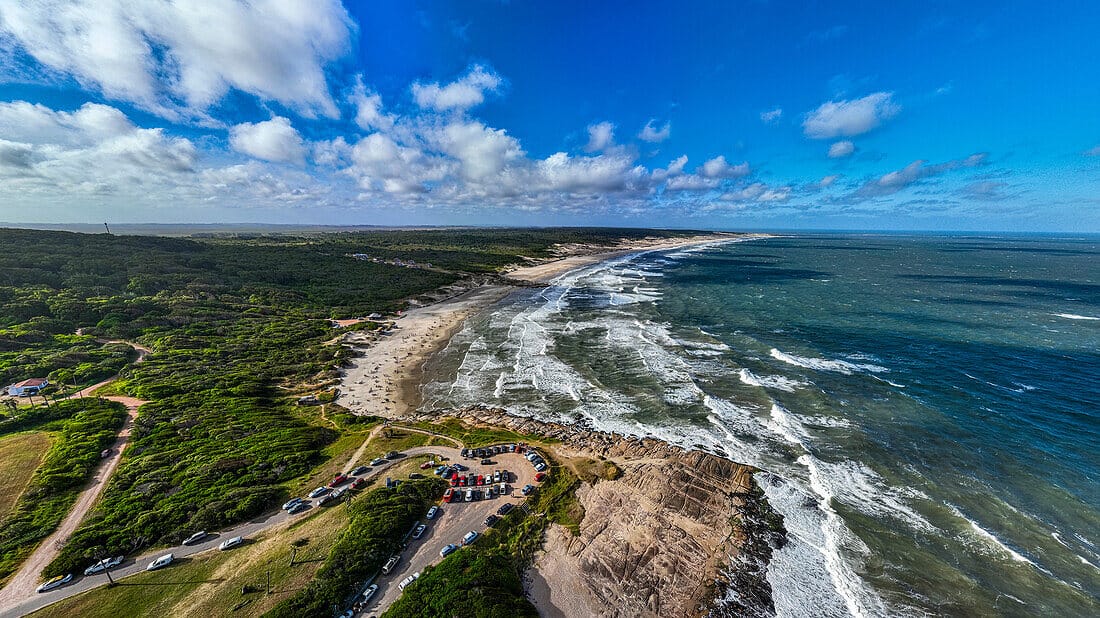
Stretched along Uruguay’s wind-swept Atlantic coast, Santa Teresa National Park covers more than 7,000 hectares of dunes, coastal forest, and rolling grassland. A string of cream-colored beaches rims the eastern edge—Playa Grande for endless morning walks, Playa La Moza for reliable surf, and Playa del Barco where sunsets paint the sky electric orange. Inland, eucalyptus groves give way to native ombú stands and a surprisingly lush botanical garden plotted out in the 1940s; wander its shaded paths and you’ll spot orchids, medicinal herbs, and an aviary that shelters scarlet-fronted macaws.
History buffs gravitate to Fortaleza de Santa Teresa, a star-shaped stone fortress begun by the Portuguese in 1762 and finished by the Spanish a decade later. Thick granite ramparts still bristle with cannons, and the small museum inside walks you through colonial skirmishes and shipwreck lore. Climb the watchtower for a sea-to-savanna panorama, then amble downhill to the reserve’s deer enclosure—children love feeding the docile pampas deer that roam a fenced section of native grassland.
The park’s trail network is easily explored on foot or by bike. Well-signed paths loop past freshwater lagoons alive with black-necked swans, cross wooden boardwalks over marshland, and slip beneath pine canopies where you might spot a capybara basking by a stream. If you’re staying overnight, the main campground feels more like a small village: hot-water showers, grocery kiosks, even a rustic pizzeria operating from a converted bus. Falling asleep to Atlantic surf on one side and a chorus of tree frogs on the other is reason enough to linger an extra night.
Highlights
- Long, uncrowded beaches such as Playa Grande, Playa La Moza, and Playa del Barco
- 18th-century Fortaleza de Santa Teresa with panoramic tower views
- Spacious campgrounds, shaded picnic groves, and handy on-site services
- Botanical garden plus wildlife enclosures featuring pampas deer and exotic birds
- Signed walking and cycling trails linking dunes, lagoons, and coastal forest
Isla de Lobos
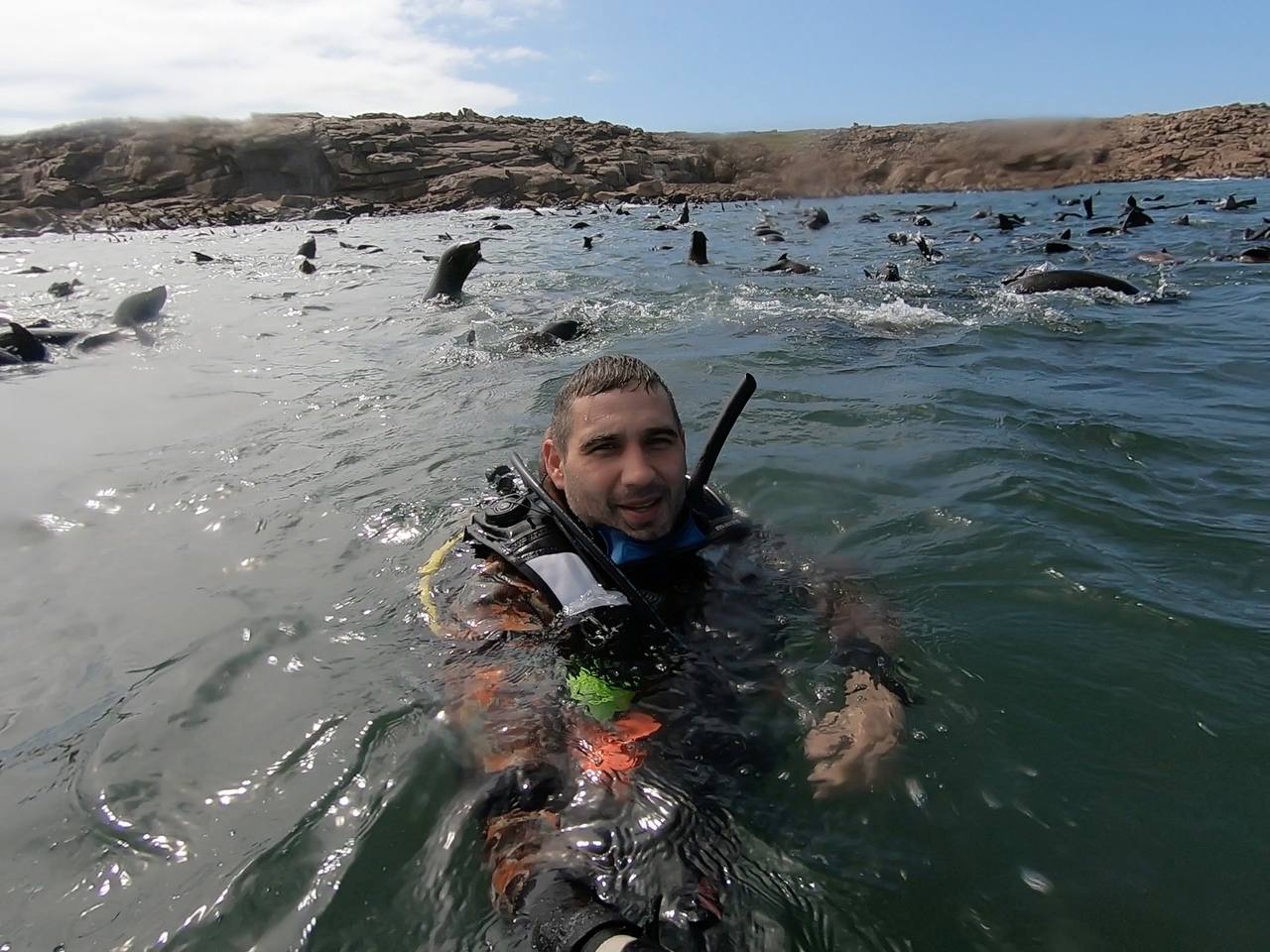
A half-hour by speedboat from glitzy Punta del Este, Isla de Lobos feels like another universe. The low, rocky isle is completely off-limits to permanent human settlement, giving tens of thousands of South American sea lions free rein over every ledge and tide pool. Their barks carry on the wind long before you see the lighthouse that crowns the island, guiding boats across the Río de la Plata since 1906.
Most visitors come on licensed wildlife cruises. Skippers cut the engines as the boat drifts beside the colony—curious juveniles often pop up just a few meters away, whiskers twitching and eyes wide. Between June and August you’ll witness the height of breeding season: massive males square off for territory, while newborn pups stumble around the foam-slick rocks. Guides share quick natural-history tidbits, then angle the bow so everyone gets a clear line for photos.
The surrounding marine reserve protects underwater caves and kelp forests teeming with life, which is why scuba crews from Punta del Este rave about the site. Visibility can stretch 15 – 20 meters on calm days, letting you watch sea lions torpedo past like eager puppies. If you’re not certified, some outfitters offer shallow-water snorkeling instead—still plenty of action, especially when schools of amberjack flash through the deep-green water.
Keep an eye on the sky, too. Isla de Lobos doubles as a bird haven where imperial shags nest on sheer cliffs, kelp gulls wheel overhead, and every so often a wandering albatross glides past on its ocean-wide circuit. After the boat ride back to Punta, grab a chivito sandwich on the harbor and watch the lighthouse lamp blink far out at sea—proof you really did just share the morning with South America’s biggest sea-lion crowd.
Highlights
- Home to the largest South American sea-lion colony—tens of thousands strong
- Guided wildlife cruises depart daily from Punta del Este’s harbor
- Clear, nutrient-rich waters ideal for scuba diving and snorkeling with playful sea lions
- Entire isle and surrounding waters form a strictly protected marine reserve
Laguna Garzón
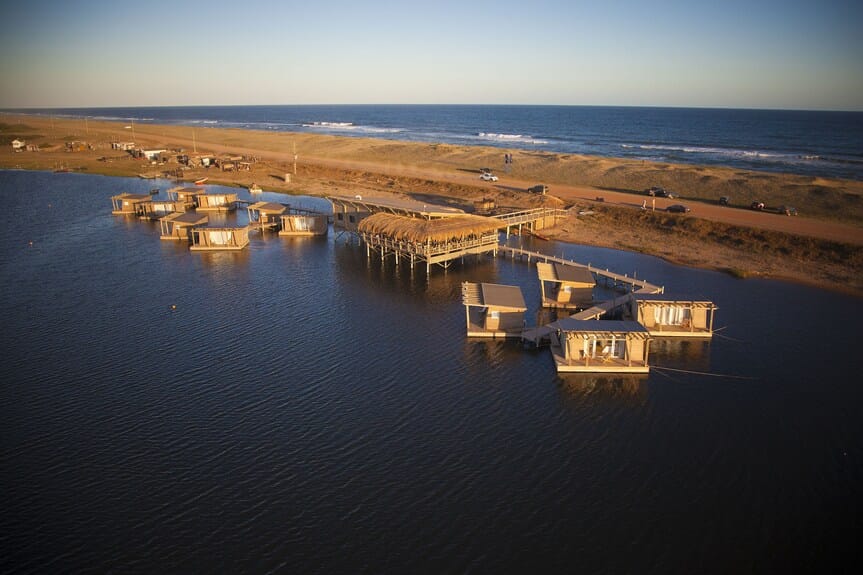
Slip past José Ignacio’s rolling dunes and you’ll reach a mirror-calm lagoon where the ocean sneaks in through a narrow inlet. Linking the two shores is Rafael Viñoly’s show-stopping circular bridge—drivers loop around its perfect ring before re-joining the coastal highway, but the best vantage point is from the water. Glide a kayak or SUP under the arches and you can actually trace the 360-degree curve, pelicans overhead and nothing but gentle ripples all around.
The lagoon itself is shallow and sheltered, so beginners love it for stand-up paddleboarding while seasoned windsurfers wait for afternoon breezes to skim across the glassy surface. Slide your board toward the wetlands on the eastern rim and you’ll spot black-necked swans cruising through reed beds and tiny shorebirds flitting along the mudflats. On the outer sandbar, Atlantic breakers roll in—perfect place to pull up your craft, kick off your sandals, and watch the surf thunder just a few meters away.
Stay the night and you can snooze right on the water. Laguna Garzón Lodge strings a handful of round, deck-ringed cabins together like oversized lily pads—step off your porch and you’re ankle-deep in the lagoon. A couple of newer eco-lodges hover nearby on low stilts, each one blending weathered wood with floor-to-ceiling glass, giving you sunrise views without leaving bed. Evenings end with fiery sunsets that paint both lagoon and ocean in shades of copper—camera-time guaranteed.
When hunger hits, drive ten minutes back toward José Ignacio for dockside seafood shacks serving fresh corvina and locally grown olive oil. Or book a table at a low-key parrilla in the hamlet of Garzón, where chefs grill grass-fed beef under the same pastel skies you paddled beneath all day.
Highlights
- Iconic round bridge by architect Rafael Viñoly—fun to circle by car, magical to paddle beneath
- Steady breezes and shallow water make kayaking, SUP, and windsurfing a breeze
- Flaming sunsets reflected across lagoon and ocean for frame-worthy photos
- Floating cabins at Laguna Garzón Lodge—plus a handful of luxe eco-lodges dotted along the shore
Esteros de Farrapos National Park
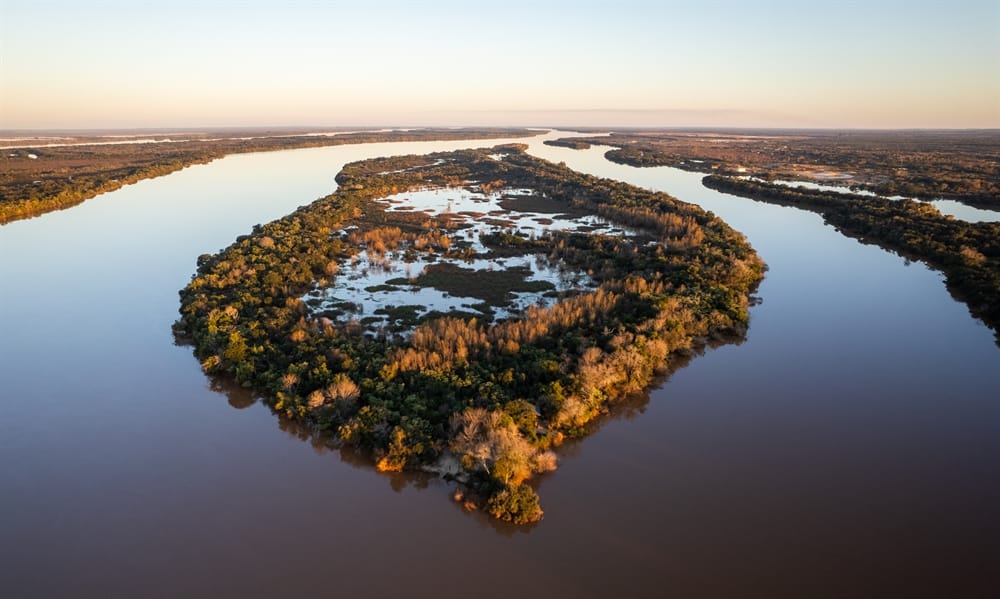
Straddling the broad Uruguay River opposite Argentina, Esteros de Farrapos is a 17,500-hectare puzzle of ox-bow lagoons, reed-fringed marshes, and two dozen river islands. UNESCO named it a Biosphere Reserve in 2014 for good reason—freshwater and subtropical air mix here to create one of the richest wetland habitats in the Río de la Plata basin.
Base yourself at the Puerto Viejo visitors’ area outside the sleepy town of Nuevo Berlín. Just after dawn, slip a canoe into glass-calm water and weave between floating mats of lilies while jacanas tiptoe across the leaves. Capybaras graze the banks like oversized guinea pigs, and if you’re lucky, a shy neotropical river otter will pop up beside your bow before vanishing with a swirl.
Birdlife is the real headliner: more than 220 species have been clocked here. Keep binoculars ready for the scarlet-headed blackbird glowing like a stoplight in the reeds, the comical southern screamer honking from a snag, and raptors such as the black-collared hawk cruising the channels. Even casual visitors tick off a dozen lifers before lunchtime.
Back on land, short interpretive trails wander through gallery forest heavy with orchids and vines. Nights are for star-gazing—the nearest big city lights are hours away—so bring a blanket, lean against a sycamore, and let the Milky Way steal the show while frogs provide the soundtrack.
Anglers won’t be disappointed either. Local guides know honey holes for dorado, catfish, and sábalo; cast from a skiff at sunset and you’ll watch the river turn rose-gold while waiting for a bite. Simple riverside campgrounds and a few farmhouse guest rooms keep things rustic yet comfortable—think home-cooked asado, hot showers, and the hum of cicadas instead of traffic.
Highlights
- UNESCO Biosphere Reserve protecting wetlands, lagoons, and 24 river islands
- Top-tier canoeing and kayaking through lily-covered channels
- More than 220 bird species, including scarlet-headed blackbirds and southern screamers
- Excellent dorado and catfish fishing with local guides
- Quiet campgrounds and farm lodges perfect for unplugged riverfront sunsets
Punta del Diablo
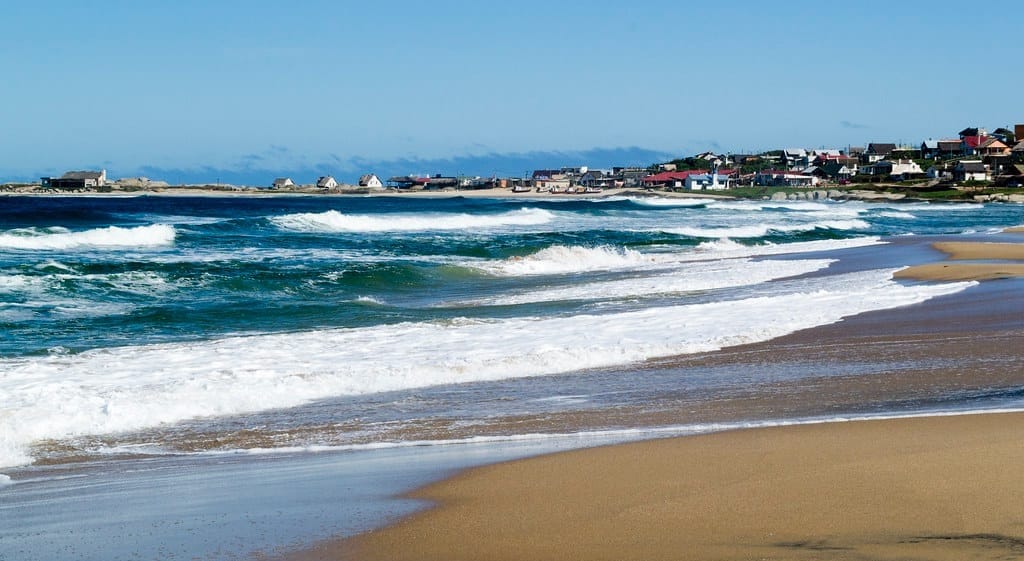
Once a sleepy cluster of fishermen’s shacks, Punta del Diablo still feels worlds away from resort glitz. Dirt lanes lined with weather-worn cottages slip down to three sweeping crescents of pale sand, each framed by wind-sculpted dunes. At dawn, you’ll see wooden boats dragging up the tide line with the morning’s haul—corvina, black drum, and the odd stingray—while sleepy dogs doze beside tangled nets.
By mid-morning the lineup at Playa de los Pescadores starts to fill. Consistent beach breaks and mellow point waves draw long-boarders and barefoot backpackers who trade tips at the shoreline before paddling out. South of town, Playa de la Viuda offers slightly punchier surf and dramatic granite outcrops perfect for tide-pooling at low water. When the wind swings offshore, kite-surfers race across nearby Playa Grande, their canopies adding splashes of color against the blue Atlantic.
Nature is never far away. A short bike ride north delivers you to the forest trails and wildlife enclosures of Santa Teresa National Park, while an hour’s stroll south along the sand brings you to Reserva Natural Cerro Verde, a protected nesting site for sea turtles and shorebirds. Between August and October, southern right whales often cruise just beyond the breakers—locals swear the best vantage point is from the rocky headland at sunset, mate gourd in hand.
The village itself keeps its bohemian edge—hand-painted signs advertise yoga classes, beach-bar jam sessions, and pop-up craft stalls. After dark, follow the smoky scent of fresh-grilled seafood to a rustic parador overlooking the surf; chefs toss shrimp and corvina on the plancha while diners swap stories over icy medio-medio spritzes. Nights wind down with bonfires on the sand, guitar strums riding the ocean breeze until the stars fade at dawn.
Highlights
- Consistent surf at Playa de los Pescadores and Playa de la Viuda
- Easy day trips to Santa Teresa National Park and Reserva Natural Cerro Verde
- Laid-back, rustic atmosphere with open-air bars and artisan markets
- Dock-to-table seafood restaurants serving the day’s catch
Frequently Asked Questions
What is the best time to visit Uruguay for hiking weather?
The most comfortable time to visit Uruguay for hiking is during the spring (September to November) and autumn (March to May) when the weather is mild, the landscapes are lush, and the crowds are smaller.
Are there good hiking spots in Uruguay?
Yes, Uruguay has several excellent hiking spots, including:
- Valle del Lunarejo
- Quebrada de los Cuervos
- Santa Teresa National Park
These areas offer trails for all levels and breathtaking scenery.
Where's the best places to see wildlife in Uruguay?
For wildlife spotting, visit:
- Cabo Polonio (sea lions)
- Isla de Lobos (marine life)
- Esteros de Farrapos National Park (birds and river species)
Is it safe to explore nature areas in Uruguay?
Yes, Uruguay is considered one of the safest countries in South America. Nature reserves and parks are well-maintained and welcoming to visitors. However, always take normal safety precautions like staying on marked trails and checking local weather conditions.
